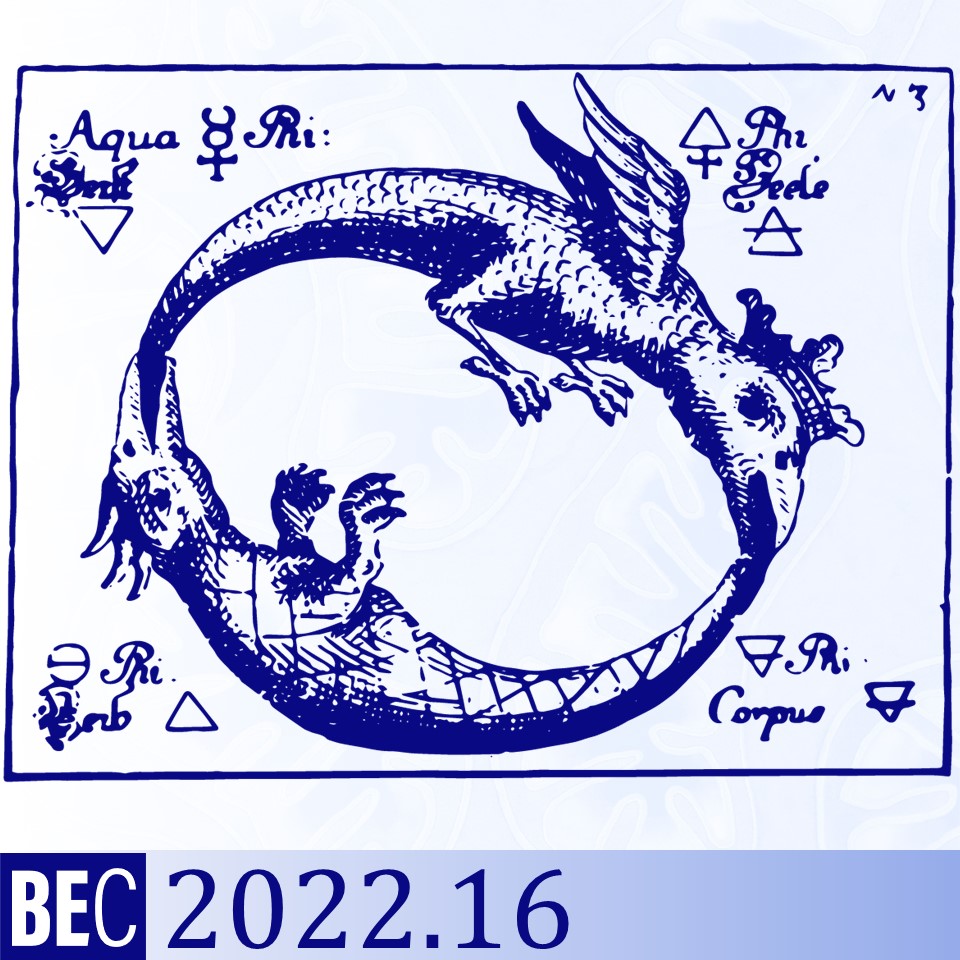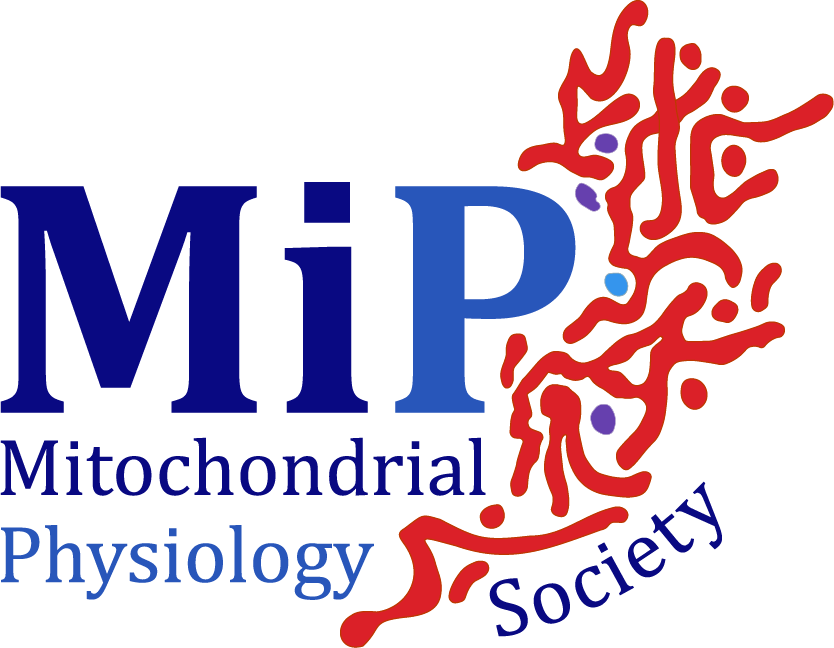The protonmotive force – not merely membrane potential
DOI:
https://doi.org/10.26124/bec:2022-0016Keywords:
BCECF, intramitochondrial pH, matrix pH, ΔpH, mitochondria, mitochondrial membrane potential , nigercin, protonmotive force, reverse electron transfer, safranin, triphenylphosphonium, valinomycinAbstract
The protonmotive force pmF establishes the link between electrical and chemical components of energy transformation and coupling of oxidative phosphorylation in the mitochondrial electron transfer system. The electric part corresponds to the mitochondrial membrane potential ΔΨmt and the chemical part is related to the transmembrane pH difference ΔpH. Although the contribution of ΔpH to pmF is smaller than that of ΔΨmt, ΔpH plays an important role in mitochondrial transport processes and regulation of reactive oxygen species production. Measurement of both ΔΨmt and ΔpH allows for calculation of pmF. Methods for monitoring ΔΨmt such as fluorescence dyes are generally available, while determination of ΔpH is more challenging.
In this review, we focus on the application of the fluorescence ratiometric method using the acetoxymethyl ester form of 2,7-biscarboxyethyl-5(6)-carboxyfluorescein (BCECF/AM) for real-time monitoring of the intramitochondrial pH in isolated mitochondria. Knowing the intra- and extramitochondrial pH allows for calculating the ΔpH. Application of specific ionophores such as nigericin or valinomycin provides the possibility to dissect the two components of the pmF. We summarize the mitochondrial processes ― such as production of reactive oxygen species ― for which ΔpH plays an important role.
Cite:
Komlódi T, Tretter L (2022) The protonmotive force – not merely membrane potential. Bioenerg Commun 2022.16. https://doi.org/10.26124/bec:2022-0016

Downloads
Additional Files
Published
License
Copyright (c) 2022 Timea Komlódi, László Tretter

This work is licensed under a Creative Commons Attribution-NonCommercial-NoDerivatives 4.0 International License.



